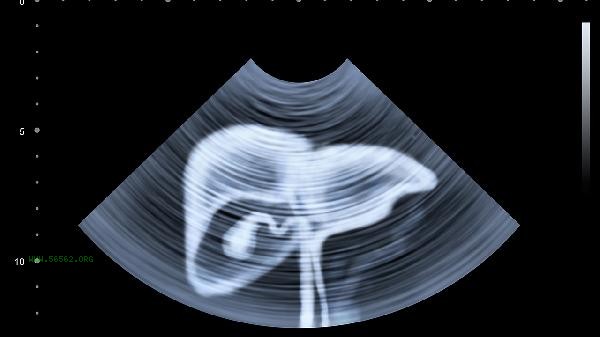The best methods for exercising the waist and abdomen include targeted training such as plank support, supine abdominal roll, Russian rotation, supine leg lift, and lateral plank support.

1. Flat Support
Flat support is a classic exercise for the core muscles of the waist and abdomen, which can effectively enhance the stability of the transverse and vertical abdominal muscles. The key to the movement is to lie in a prone position, supporting the body with forearms and toes, and keeping the head to ankle in a straight line. Be careful not to collapse your waist or raise your hips. Hold on for 30 seconds to 2 minutes each time, gradually increasing the duration according to your physical fitness. This action has a significant effect on improving posture and preventing back pain.
2. Lying supine abdominal curl
Lying supine abdominal curl mainly stimulates the rectus abdominis muscle and is suitable for shaping abdominal lines. After lying flat and bending your knees, use abdominal strength to lift your shoulder blades off the ground, keeping your neck relaxed and avoiding pulling your head with your hands. Adjustable range of motion, lifting the upper body 30 degrees can achieve the best training effect. Suggest 15-20 times per group, paying attention to exerting force to contract the abdomen during exhalation and slowly descending during inhalation.
3. Russian Rotation
Russian rotation can simultaneously exercise the oblique and rectus abdominis muscles, enhancing lumbar rotation function. Bend your knees and lift your legs to maintain balance while sitting, and twist your torso to the left and right with your hands clasped together. Difficulty can be increased by holding dumbbells or medicine balls. This action can improve the core anti rotation ability and is directly helpful for sports that require twisting movements, such as golf or tennis.

4. Supine leg lift
The key to supine leg lift is to strengthen the lower abdominal muscles. After lying down, slowly lift the legs together to 90 degrees and then control the fall. Always keep your waist on the ground during the movement to avoid using inertia to sway. For beginners, you can start by bending your knees and lifting your legs to reduce difficulty. This training can improve pelvic stability and alleviate lumbar and abdominal weakness caused by prolonged sitting.
5. Side Plate Support
Side plate support is aimed at the oblique muscle of the abdomen and the quadratus lumborum muscle. When lying on the side, it is supported by one forearm and the outer side of the foot, and the hip is lifted off the ground to form a straight line. It can be statically maintained or combined with hip up and down swinging to increase strength. This action can prevent muscle imbalance on both sides of the waist, and has a significant effect on reducing waist circumference and enhancing lateral stability of the trunk.

During waist and abdominal training, attention should be paid to the quality of movements rather than quantity. 3-4 training sessions should be arranged per week, with 3-5 movements selected for cyclic practice each time. Before and after training, a 5-10 minute warm-up stretch should be performed to avoid sudden exertion that may cause muscle strain. Combining aerobic exercise and dietary control can more effectively reduce abdominal fat. If there is a history of lumbar spine disease, it is recommended to adjust the range of motion under the guidance of a professional coach to avoid excessive load on the waist. Long term adherence to scientific training can significantly improve core strength and posture.








Comments (0)
Leave a Comment
No comments yet
Be the first to share your thoughts!